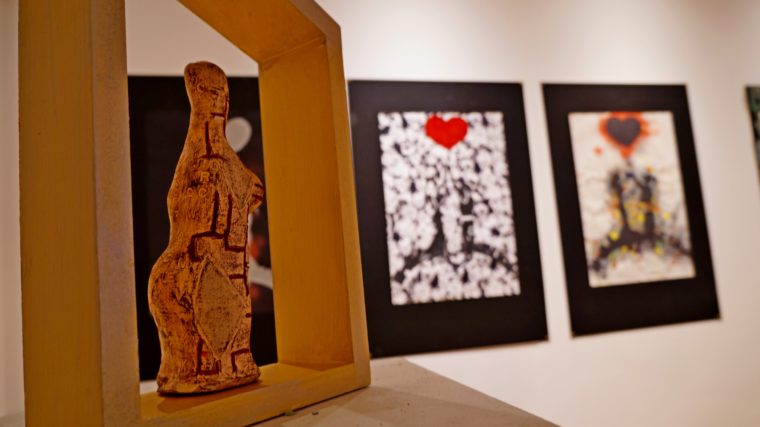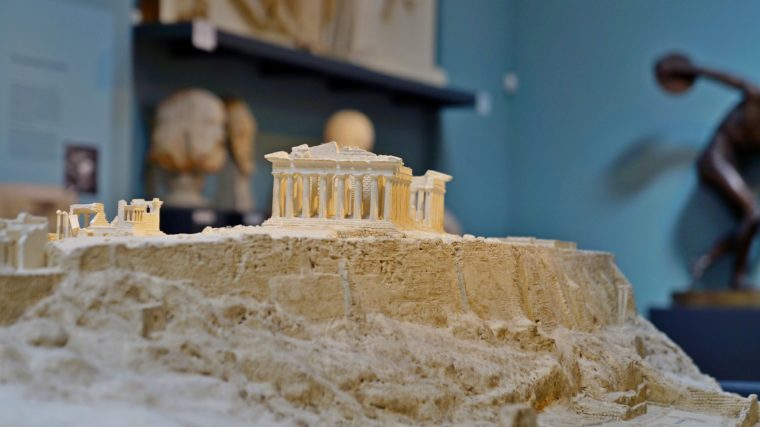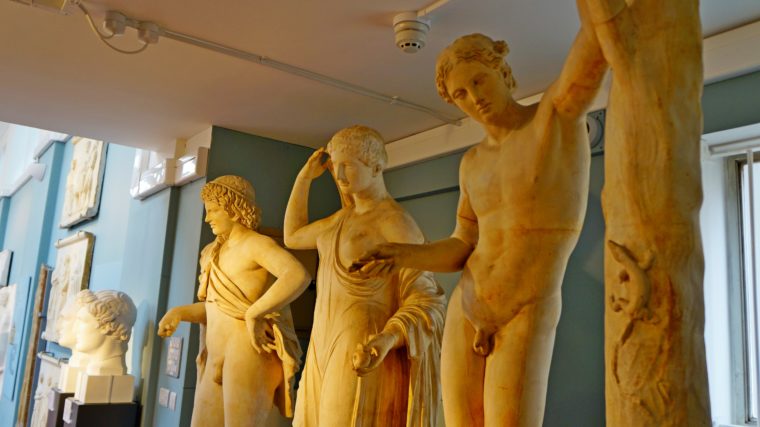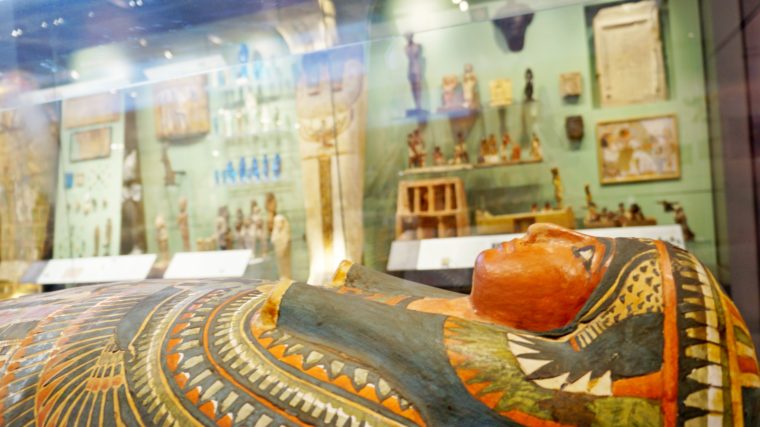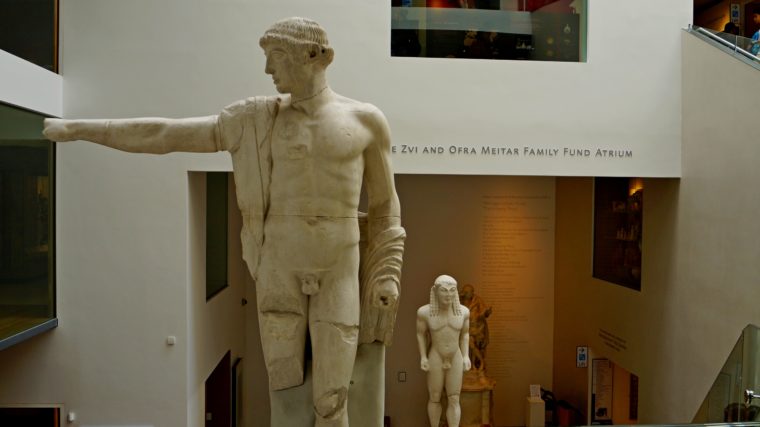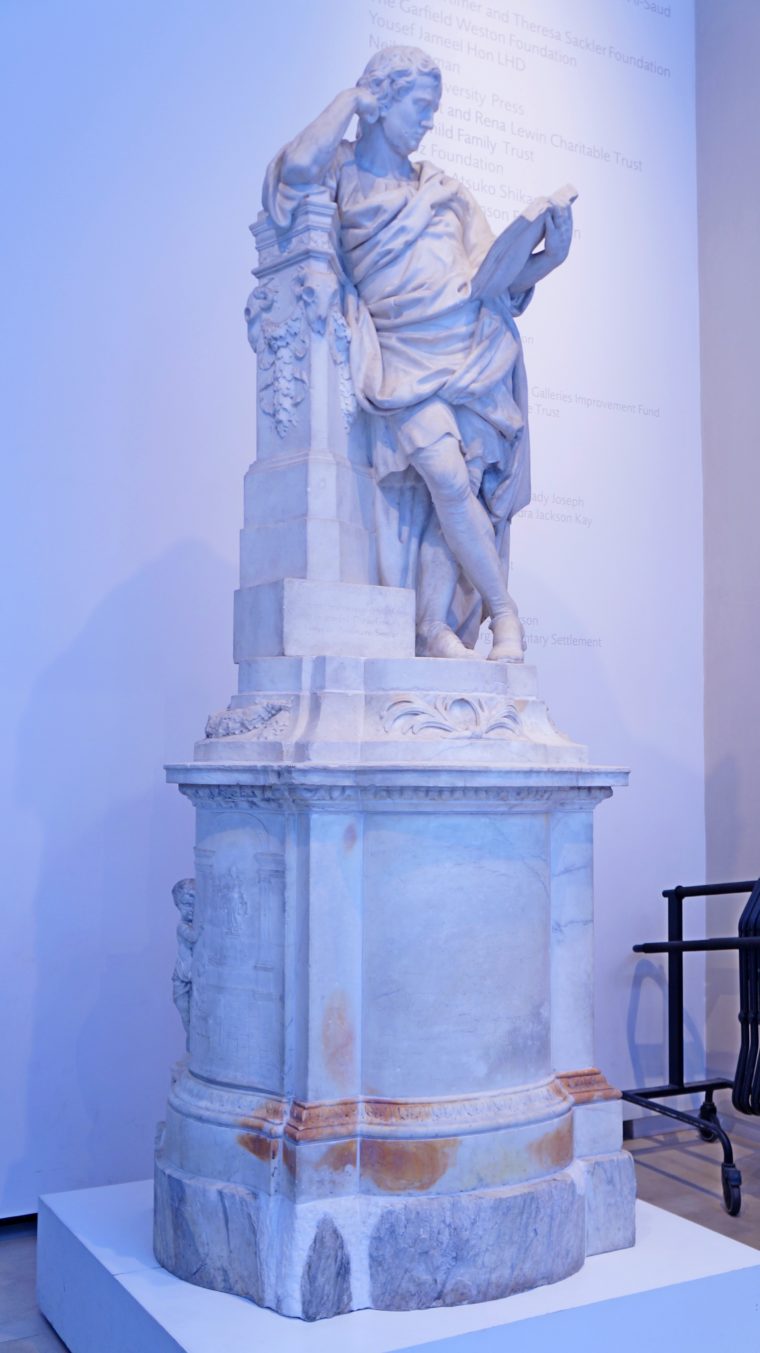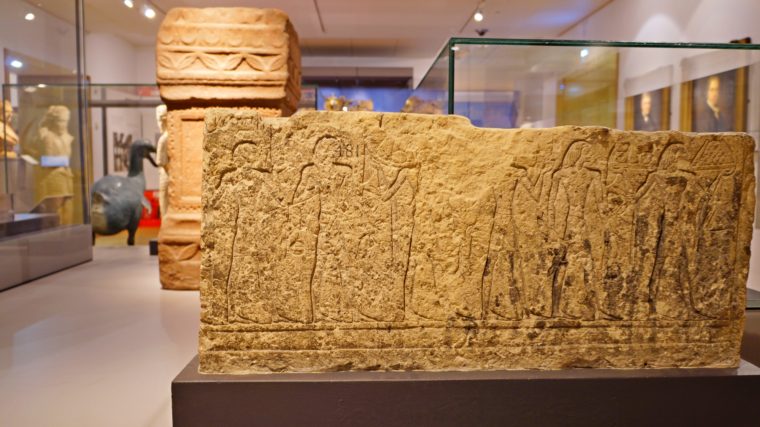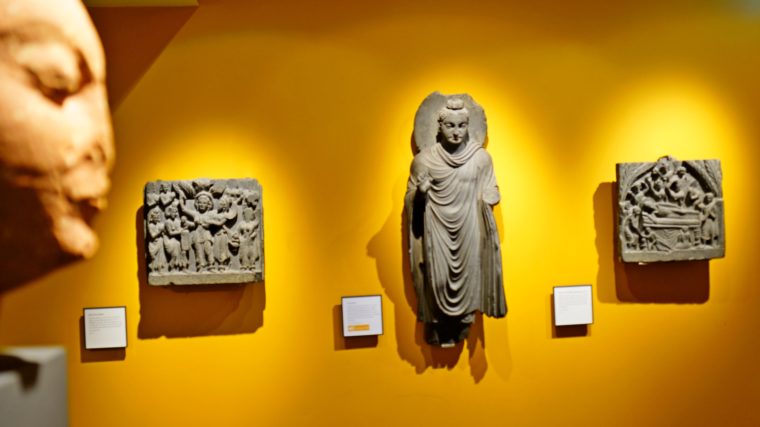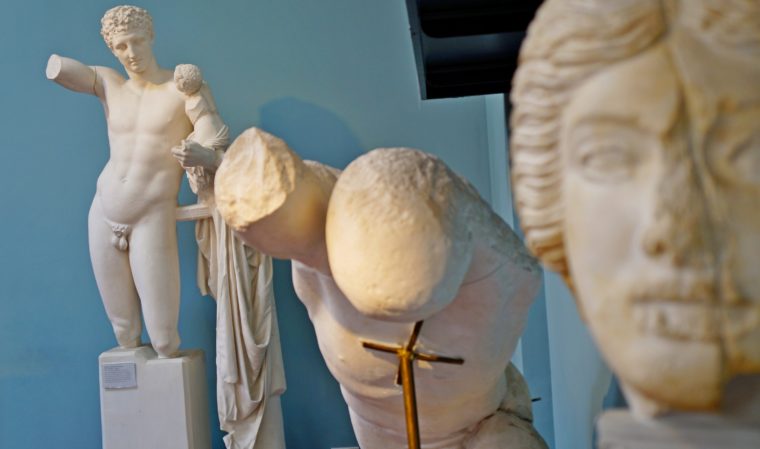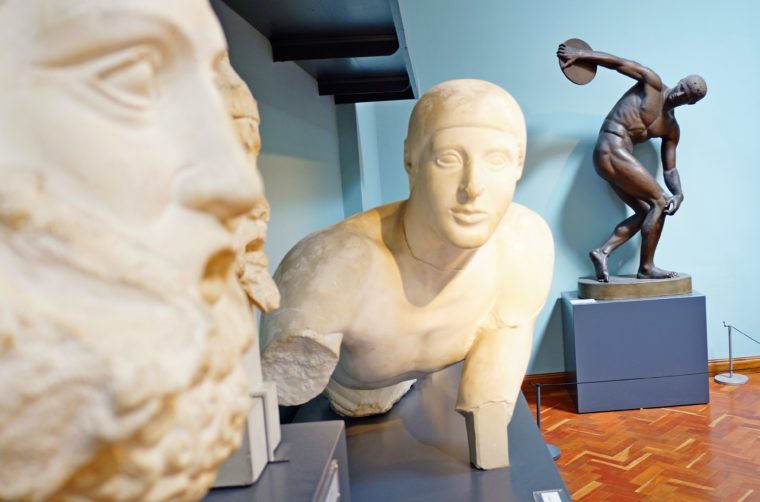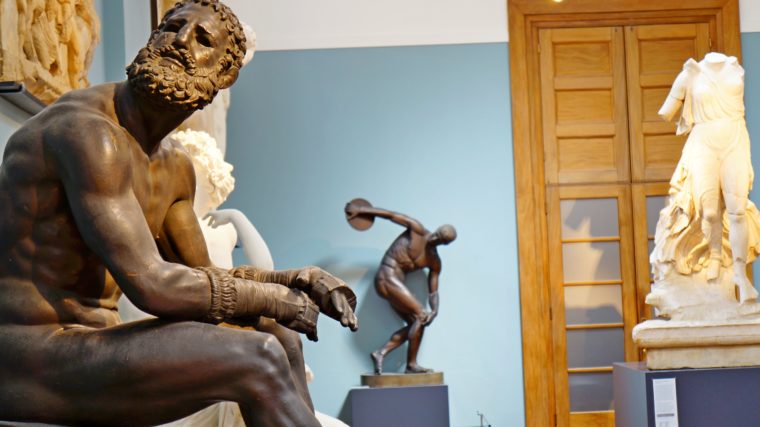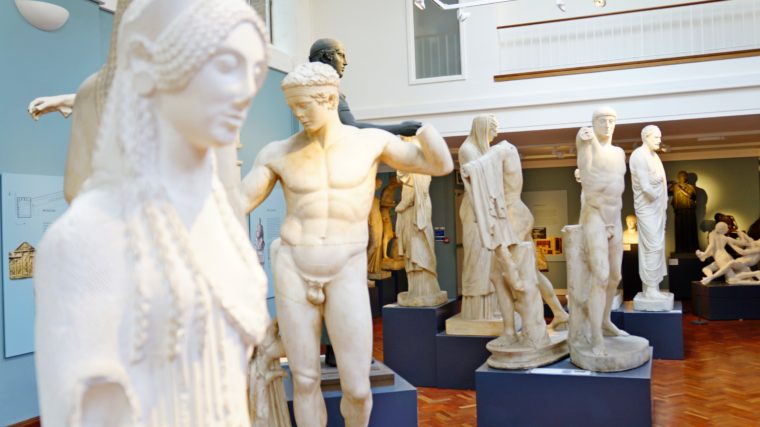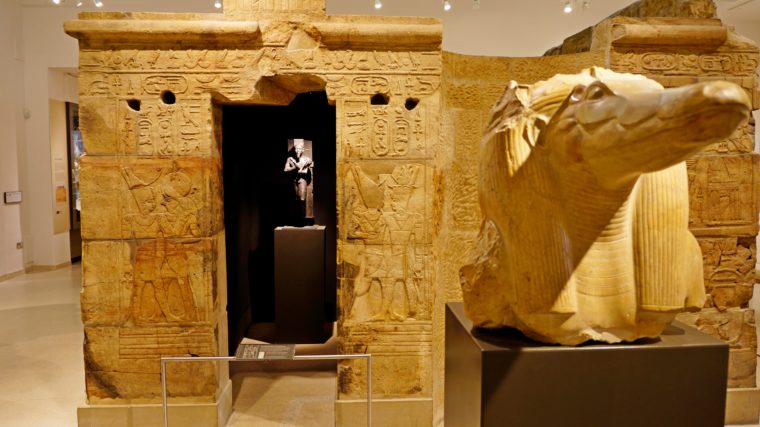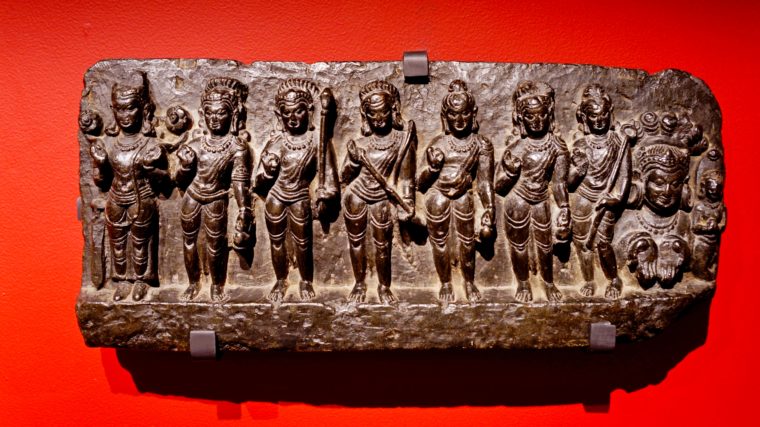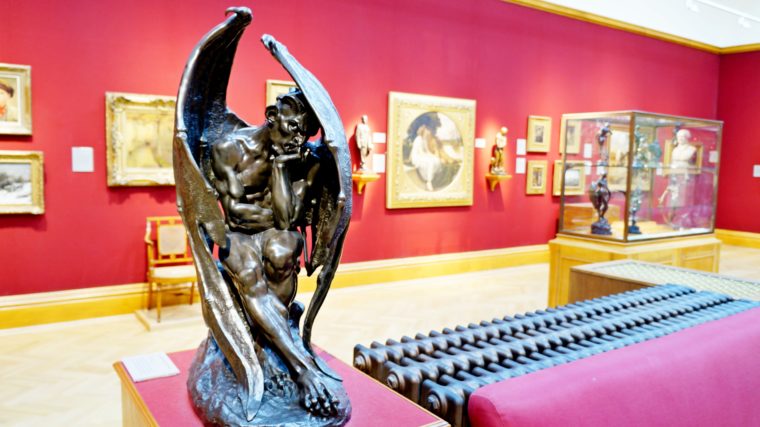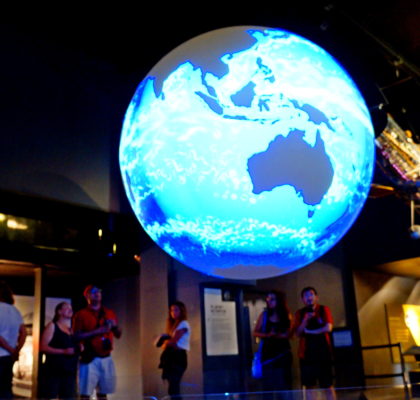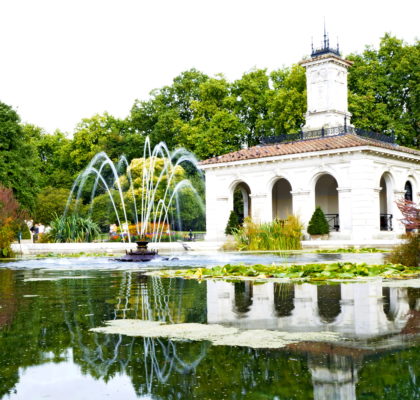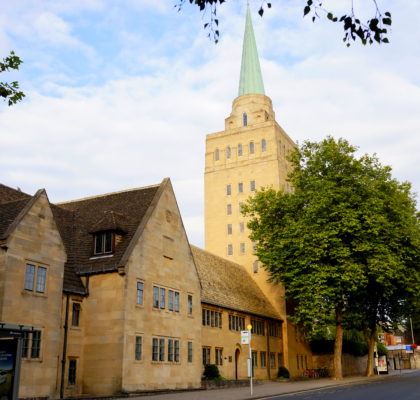Opening Times:
Mo-Su 10:00-17:00
The Ashmolean is the museum of art and archeology at the University of Oxford, founded in 1683 is considered the oldest museum in history. Its founding took place where today is the Museum of History of Science of Oxford. With a huge variety of objects ranging from Egyptian mummies to contemporary art, telling human stories between cultures and over time. The Museum is huge, and you need at least 2 hours to see the collection quickly, and if your time allows, up to 3 days to see all the galleries with the necessary care. The collections of Ashmolean are extraordinarily diverse, representing most of the great civilizations of the world, with objects that date from 8000 BC until the present day. Among many riches, we have the world’s largest collection of Raphael’s drawings, the most important collection of pre-dynastic Egyptian sculpture and pottery outside Cairo, Britain’s only large Minoan collection, Anglo-Saxon treasures and the most important collection of Modern Chinese painting in the western world. The historical objects are separated by geographic regions and in chronological order, which facilitates the understanding of the history of each time and region. The Art Exhibition is a true lesson on artistic evolution. I suggest you view this exhibition in the right order (check the map), carefully observing the summaries of each area. Thus you will understand all the transformations and motives that have led to them from the Ancient Art to the Modern Art.
What will you see in the Museum?
The Ashmolean is the museum of art and archeology at Oxford University. It has a vast gallery and objects, and you will need a lot of time (2 days) to enjoy all the pieces with calm. If your time is short, I suggest you choose the galleries that interest you most. The collections range from Egyptian mummies to contemporary art, telling human stories between cultures and over time. The museum’s galleries show how civilizations developed as part of a world culture and transport it through time, from the ancient world to the present. Check out the full map of the Museum. As galerias do Ashmolean:
The History of the World’s Oldest Museum
The structure of the Asmolean Museum today was established in 1908 with the combination of two former Oxford Institutions, the University Art Collection and the Old Ashmolean Museum. The Museum’s Collection was started in 1620 with portraits and curiosities exhibited at the Bodleian Library . In 1636 and 1657, Archbishop Laud and Ralph Freke added remarkable coins and medals and objects of curiosity that included the lantern of Guy Fawkes, a sword given by the pope to Henry VIII and Jacob’s many coat. However, as there was a museum for such curiosities at the University Theater of Anatomy, such objects tended to go there or to the Ashmolean, after it opened in 1683, leaving the Bodleian gallery to develop as an art museum. After 1660 the collection grew rapidly and began to acquire a more historical perspective with the addition of images of people of the past: college founders, scientists, soldiers, monarchs, writers and artists. Several painters donated self-portraits. In the eighteenth century, they added a number of landscapes, historical paintings and scenes from contemporary life. Other donors, former members of the University, added collections of Old Masters to become an art gallery of general interest in the early 19th century. It was only with the gift of a collection of ancient and Greek statues of the Countess of Pomfret in 1755 that the need for a new art gallery became urgent. The statues of Pomfret formerly belonged to the Earl of Arundel and joined a group of inscribed marbles from the same source that had been given to the University in 1667. The marble figures were too heavy to place in the gallery upstairs and were Installed in a dark room on the ground floor in the quadrilateral of the library pending the creation of a new museum. The New Museum opened in 1845 with Pomfret sculptures and works by Batoni, Reynolds and Van Dyck and a large group of drawings by Raphael and Michelangelo, previously in the collection of Sir Thomas Lawrence. In 1861, John Ruskin, donated an important group of watercolors of J. W. W. Turner. The collection was enriched in 1863 by the addition of a collection of drawings that were bequeathed to the Bodleian in 1834. The new museum also attracted gifts of paintings. In 1851, the Hon. William Thomas Horner Fox-Strangways presented a collection of early Italian paintings that included the hunting of Uccello in the forest, one of the museum’s principal works of art, and many other works of importance and charm by 14th-century artists And XV. A fine group of paintings, bronze engravings and drawings were added by Chambers Hall in 1855. These included sketches of Rubens oil, Canaletto and Guardi paintings, and drawings by Claude Lorrain and Leonardo. 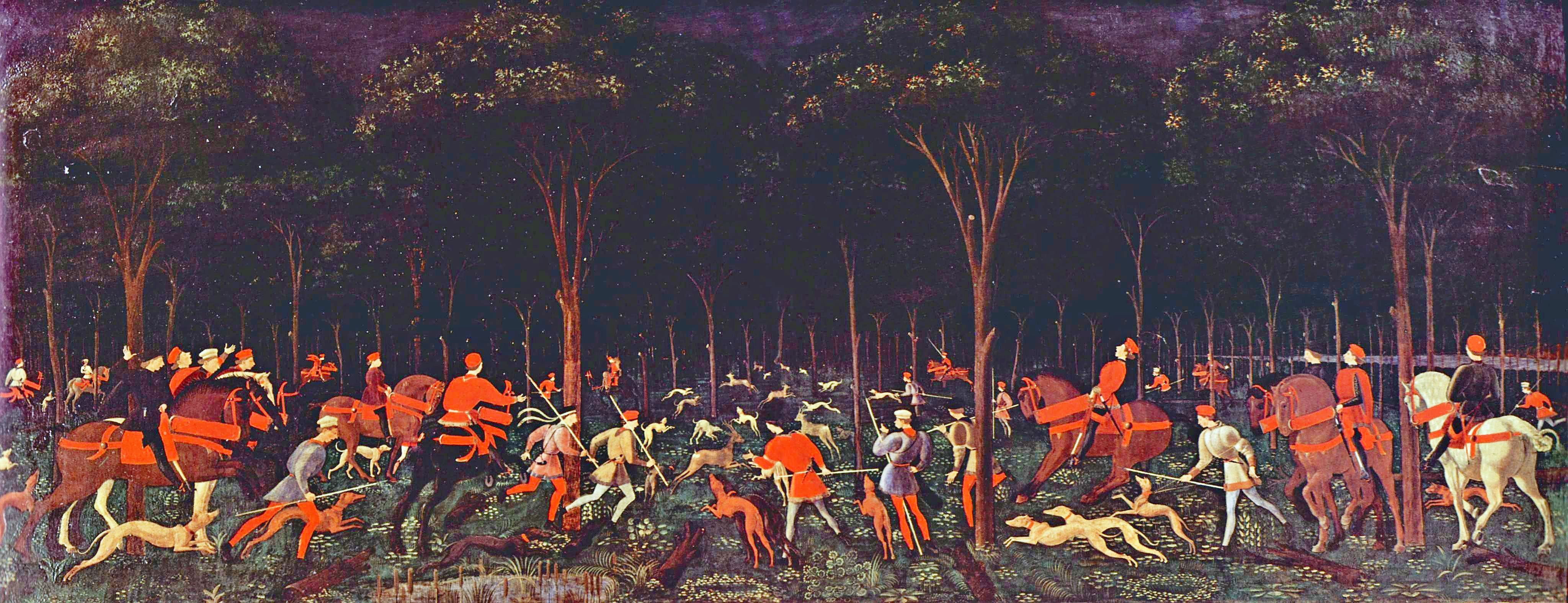 With the appointment in 1884 of Arthur Evans to the maintainer, about 2,000 new acquisitions of Europe and the Eastern Mediterranean were made each year, and the acquisition of the classical and Renaissance bronze and pottery collection belonging to Charles Drury Edward Fortnum. The original Ashmolean could not handle the influx and Evans persuaded the University to build a new structure at the back of the University Galleries on a site marked for the expansion of the Galleries. The key to this move was a promised donation of £ 10,000 from Fortnum to finance the new building. In this period the Museum was separated in 2 buildings, part of the collection was in the Bodleian Library and another part in an annex building having lost what became the most important element in its collection. The two units were merged in 1908 to form the Ashmolean Museum of Art and Archeology. The casting collection grew vigorously as an aid to the teaching of classical archeology. As a result of the merger of the two very different institutions, the current Ashmolean contains art and artifacts from various cultures: Early Strings Musical Instruments, Minoan Crete Objects, Worcester Porcelain, Chinese Shang Bronzes, Japanese Pottery, European Paintings and Drawings and many other collections Specialized. Reformed in 2009, the way the collections are displayed in the new galleries and enjoyed by the public has become the driving force of a major transformation. The galleries are now interconnected by a theme, Crossing Cultures, Crossing Time. This encourages the exploration of new connections between the Ashmolean collections. Adding 39 new galleries to the original 1845 Cockerell building, Ashmolean’s new wing was designed by award-winning architect Rick Mather.
With the appointment in 1884 of Arthur Evans to the maintainer, about 2,000 new acquisitions of Europe and the Eastern Mediterranean were made each year, and the acquisition of the classical and Renaissance bronze and pottery collection belonging to Charles Drury Edward Fortnum. The original Ashmolean could not handle the influx and Evans persuaded the University to build a new structure at the back of the University Galleries on a site marked for the expansion of the Galleries. The key to this move was a promised donation of £ 10,000 from Fortnum to finance the new building. In this period the Museum was separated in 2 buildings, part of the collection was in the Bodleian Library and another part in an annex building having lost what became the most important element in its collection. The two units were merged in 1908 to form the Ashmolean Museum of Art and Archeology. The casting collection grew vigorously as an aid to the teaching of classical archeology. As a result of the merger of the two very different institutions, the current Ashmolean contains art and artifacts from various cultures: Early Strings Musical Instruments, Minoan Crete Objects, Worcester Porcelain, Chinese Shang Bronzes, Japanese Pottery, European Paintings and Drawings and many other collections Specialized. Reformed in 2009, the way the collections are displayed in the new galleries and enjoyed by the public has become the driving force of a major transformation. The galleries are now interconnected by a theme, Crossing Cultures, Crossing Time. This encourages the exploration of new connections between the Ashmolean collections. Adding 39 new galleries to the original 1845 Cockerell building, Ashmolean’s new wing was designed by award-winning architect Rick Mather.
My First Visit to the Museum
I had heard of the variety presented by the Asmolean Museum, and checked it out on a Sunday. I arrived after lunch and stayed about 3 hours in the museum. Since I was living in Oxford, I was not in a hurry to see the museum carefully to read several legends and practically all the summaries of the galleries, to understand what I was seeing. This day, I was able to see only 30% of the museum, ending up focusing more on object of history, with attention in the incredible collection of objects of Ancient Egypt and for the first time in my life, a real mummy. The rooms with the Greek and Roman sculptures are impressive. Dozens of statues, pillars and parts of various objects from the Roman era on display. But the area that caught my eye was the Mummies. In addition to much Ancient Egyptian objects and royal tombs, some mummies can be enjoyed and watched as they are protected. Some mummies are “dismantled” and it is possible to identify how many protective layers exist until they reach the innermost part of the “coffin”.

